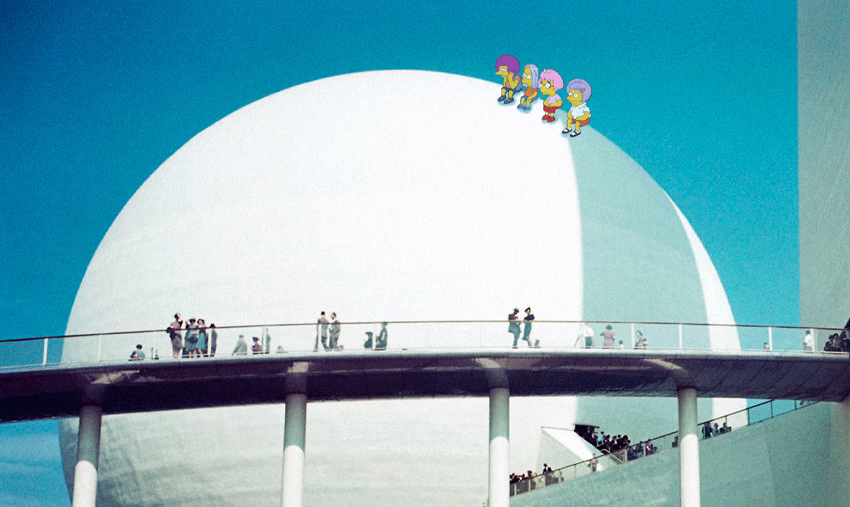Prelude to progress
1939 World’s Fair gave a glimpse of a dawn deferred

Organizers of the 1939 World’s Fair in New York City needed a theme that could carry society out of the Great Depression era and launch people into new beginnings with hope for the future.
They chose the theme “World of Tomorrow,” and the slogan “Dawn of a New Day.” They chose a start date to remind people just how far America had come: April 30, the 150th anniversary of George Washington’s inauguration.
Eighty-five years ago today, the fair showed people a glimpse into the future, and a post-Depression world with (apparently) limitless potential. And in the spirit of expos before and since, it gave companies a platform to showcase a new dawn in innovation and usher in a new era of consumerism.
RCA certainly didn’t hold back. They introduced the American public to television, even broadcasting the opening ceremony in glorious black-and-white. Franklin Roosevelt’s dedication speech thus became the first ever to be televised … to an audience of perhaps a thousand, on the 200-ish TV sets that existed in New York. Skeptical exhibition visitors got to see how it worked, and even got to see themselves onscreen, complete with a keepsake card to mark the occasion.
Another exhibit debuted another life-changing invention: air conditioning. Whilst chilling out in freon-enabled comfort, fairgoers could meet engineer (and to-this-day manufacturer namesake) Willis Carrier, who developed and named the technology.
Women who got too cold could head to the DuPont pavilion for a demonstration of cutting-edge nylon stockings. DuPont vice president Charles Stine extolled the virtues of the hosiery–“the first man-made organic textile fiber wholly from new materials from the mineral kingdom,” as he billed it.
Also showcased at the world fair: the classic children’s toy, the View-Master, a walking and cigarette-smoking robot, futuristic cars and a “superhighway of tomorrow” at GM’s 230,000-sqft Futurama exhibit, and a “Rocket to the Stars” that gave visitors a glimpse of what a future space travel might look like.
The “Dawn of a New Day” wound up being delayed, of course. As it happened, that April 30 opening date fell almost exactly six months before the Nazi invasion of Poland; the fair closed on Oct. 26, 1940, about 19 weeks after the fall of Paris. With so much turmoil in Europe, it drew less than half of the 100 million visitors the organizers had expected.
But it wasn’t all for nought: As we know, postwar Baby Boom families loved their TVs, air conditioners, and nylons. “World of Tomorrow” indeed!
